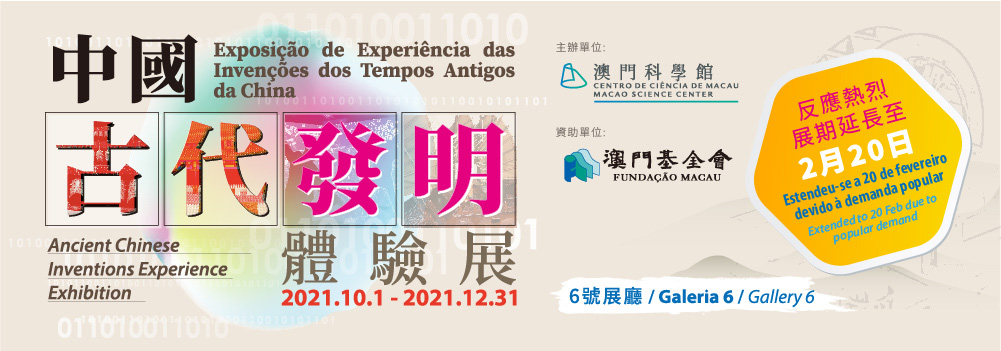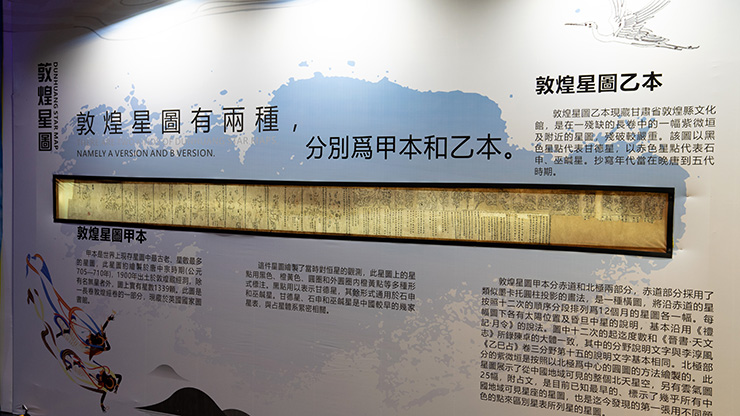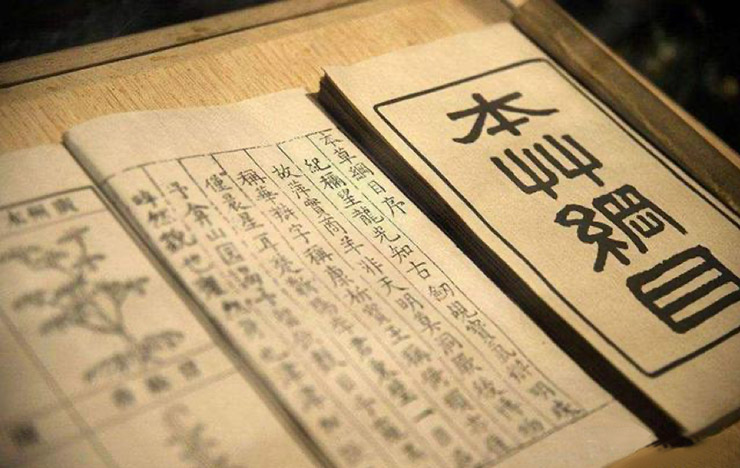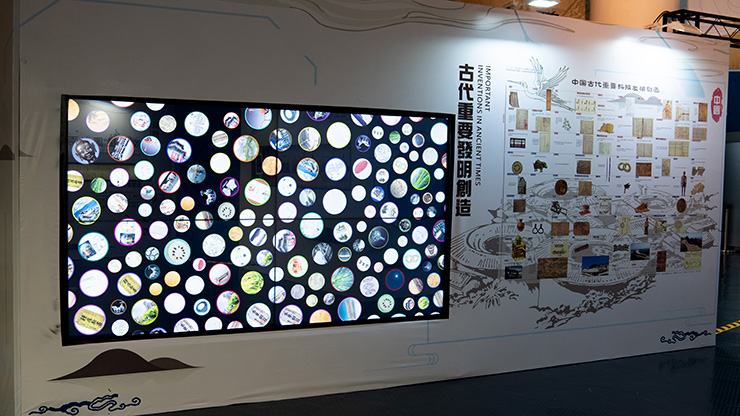
The Ancient Chinese Inventions Experience Exhibition is based on the book Dazzling the World: Inventions and Innovations in Pre-modern China by the Institute for the History of Natural Sciences, Chinese Academy of Sciences. Through visual interactive technology, the exhibition takes the public on a journey through the 5,000 years of China's history, to understand the development of science and technology in ancient China and its contribution to the Chinese nation and the world civilization, and to gain a deeper understanding of the essence of Chinese traditions and technological civilization.
The exhibition is divided into five sections: agriculture and handicrafts, transportation, military and geography, engineering, medicine and scientific discovery and creation. The exhibition presents nearly 30 technological achievements of ancient China through interesting and advanced display technologies such as interactive digital multimedia, virtual reality (VR), augmented reality (AR), motion capture, spliced large screen, interactive models, specimen observation, handicraft creation, 3D fluorescent painting, holographic transparent screen, animation and graphic panels.
Featured Exhibits
Dunhuang Star Atlas

The 3.4-meter-long authentic relic restores the world in Dunhuang Star Atlas, using lighting and electricity to create a starry sky atmosphere that attracts the public.
The Dunhuang Star Atlas is divided into the A and B versions. The A version is the oldest star atlas with the most stars in the world. This star atlas was made during the period of Emperor Li Xian of the Tang Dynasty (656-710 AD), and the actual number of stars in the atlas is 1,339, except for those that only have their names.
The Classification System of the Compendium of Materia Medica

The public can experience this magnificent masterpiece of Chinese herbal medicine through a large transparent display case, and see the typical herbs that have been selected from the sixteen sections of the Compendium of Materia Medica and then made into specimens.
Li Shizhen, a famous doctor of the Ming Dynasty in China, established a more advanced classification system when he compiled the Compendium of Materia Medica. The book can be divided into sixteen sections, arranged in the order from inorganic to organic and from lower to higher. The unique classification system established by the idea of "classification from class and family" is known as the best classification system before Carl von Linné.
Touch Encyclopedia Wall

This exhibit uses splicing screen technology for display. By simply touching the screen, the public can select one of the 88 important inventions of ancient China and learn more about the relevant technology.
The 88 ancient inventions are selected from Dazzling the World: Inventions and Innovations in Pre-modern China, covering geography, music, engineering, mathematics, agriculture, handicrafts, transportation, military and other fields, highlighting the wisdom and spirit of exploration of our ancient sages.
AR Wall
The public can use tablets to a designated location and activate the AR device to view scenes related to brewing, jade cutting, reeling, water transport dome, ceramics, printing and paper making.
Location:G06
